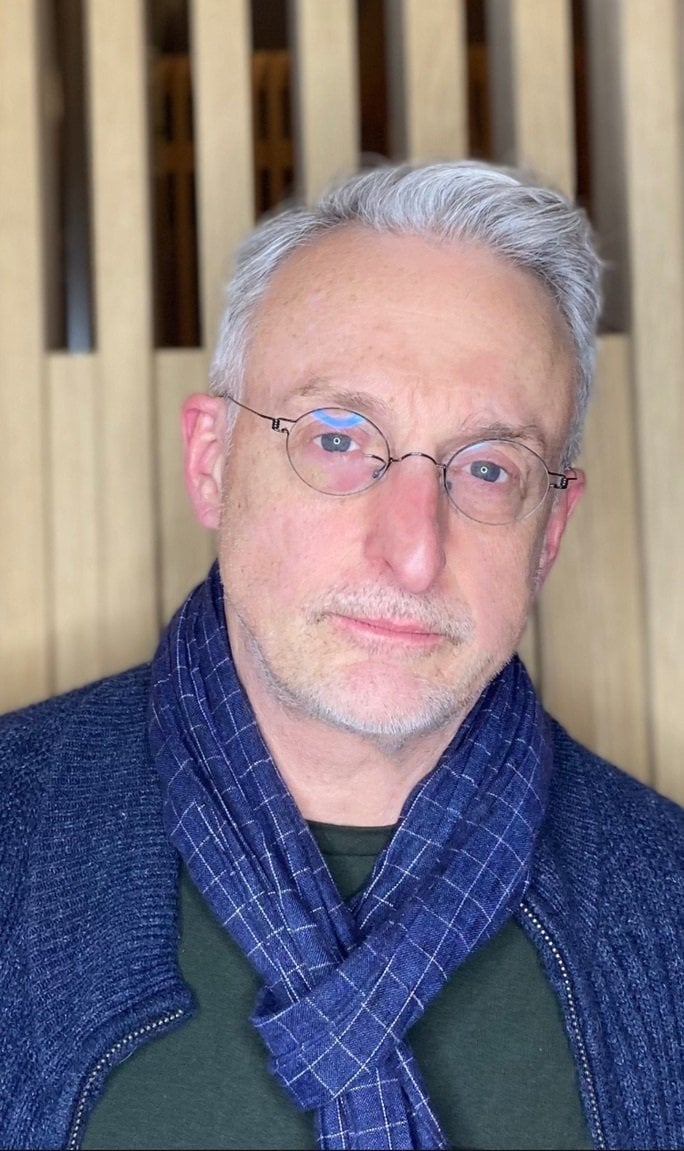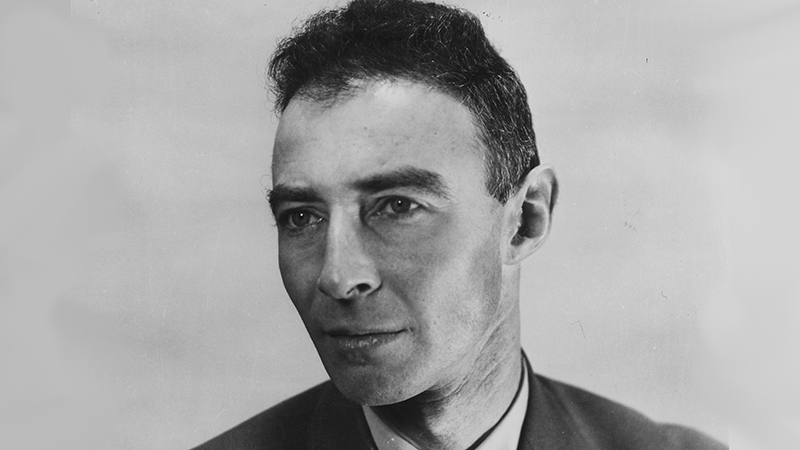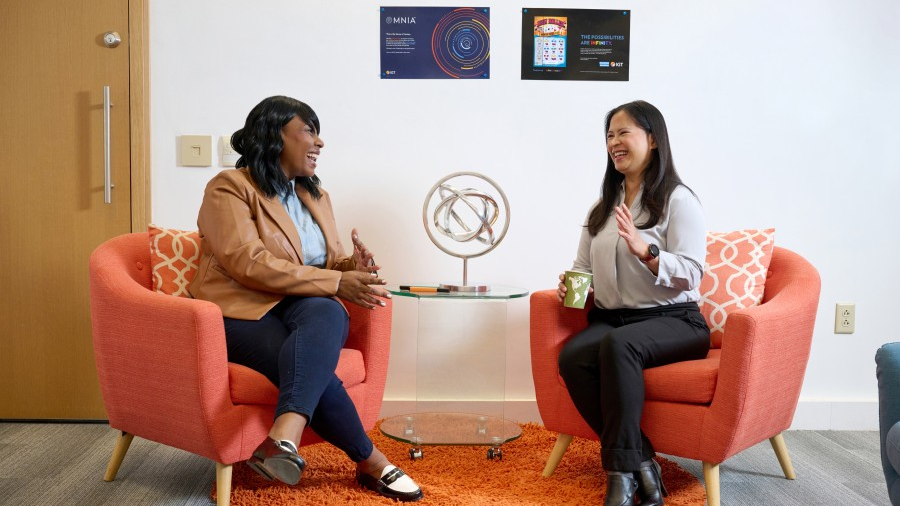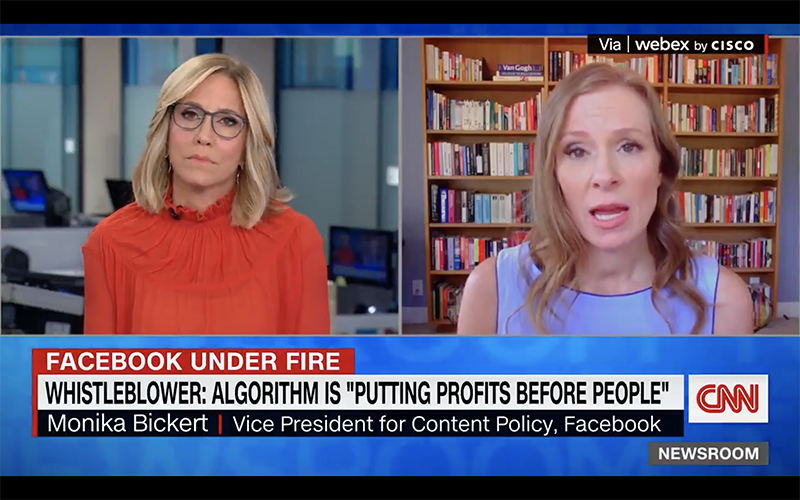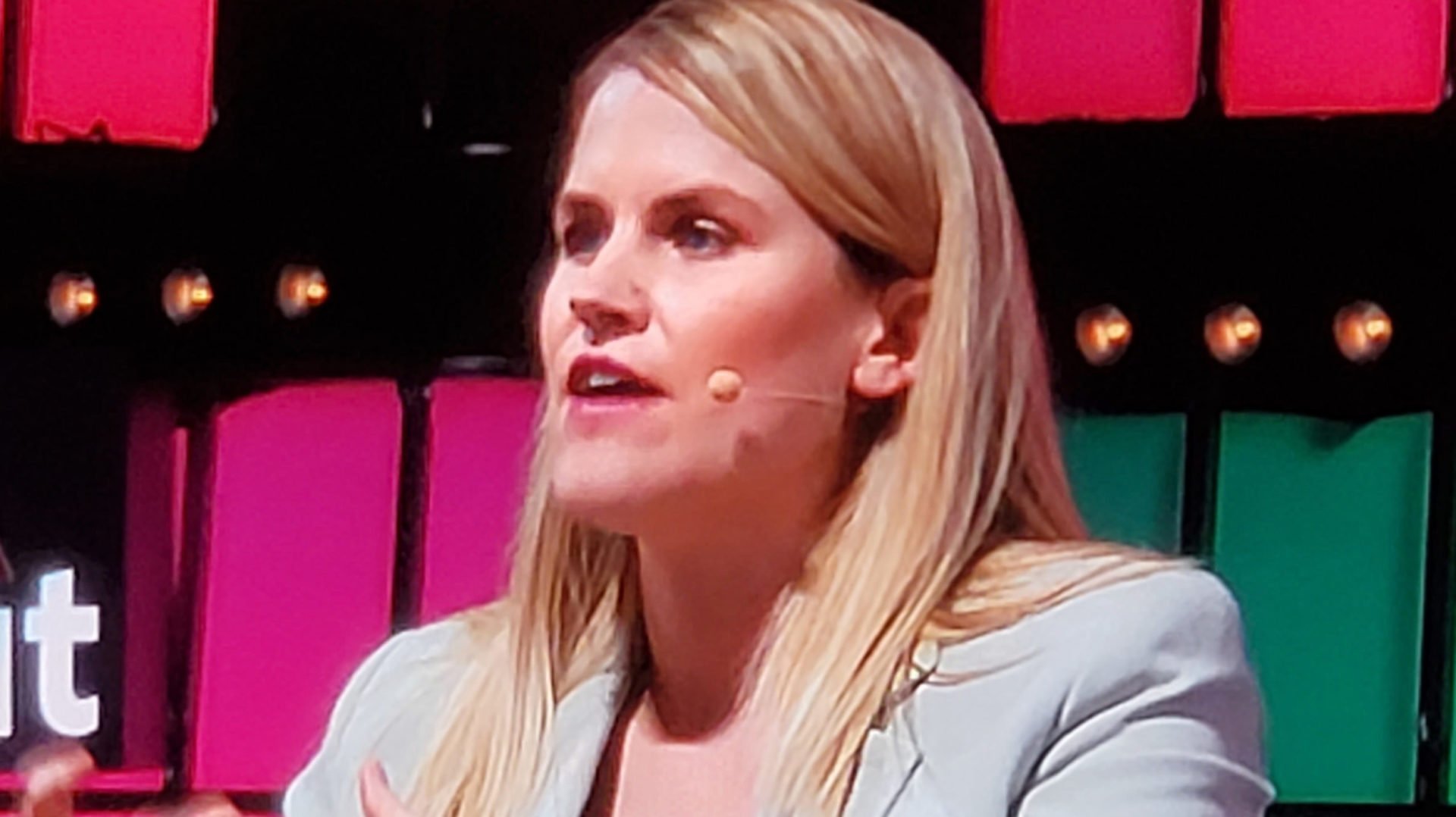Schools across the country are opening for the Fall, but COVID is transforming everything. Some are completely online; many are alternating days and putting students in smaller groups to enable social distancing. Some are fully back, but with masks, scared teachers, and in too many cases, infected students. Parents and kids are confused, and hardly anybody is confident their own school’s setup, whatever it is, will protect from infection or even provide a good enough education. It is a big stinking mess. Yet if kids don’t go to school, some won’t eat, since school breakfasts and lunches are critical for many kids. And staying at home means big emotional challenges get piled on top of all the educational ones. And for the shocking number of American kids without computers or sufficient at-home connectivity, the problems become a nightmare. They get excluded.
To tackle these complicated questions, Techonomy brought together three educators and childhood experts to help parents and all of us make sense of the moment. The session was presented in partnership with Nestle Waters. The experts included superstar Dr. Quentin Lee, principal of Childersburg High School in Childersburg, Alabama, who rose to national, even global fame a few weeks ago with a rollicking and even joyful video about how kids now have to behave at school, set to MC Hammer’s legendary Can’t Touch This. You gotta watch Dr. Lee dance his way through all the safety precautions!

Also joining us was psychologist, therapist, and school consultant Catherine Steiner-Adair. Much of her recent work has been helping schools think about the emotional issues. Even well-prepared and well-funded schools, which is by no means the majority, face challenges, she says, in “keeping kids psychologically engaged in learning and functioning.” She continues: “The amount of psychological neediness in children right now is profound.” For kids stuck at home, or only able to get to school periodically, she says, “I’m worried about depression and anxiety and a flattening of curiosity, a sense of alienation, and a breakdown in kids’ capacity for self-regulation. That’s one of the most important tools kids are developing all the time.”
Lee’s school, in a small city in Alabama, is now open, but with kids attending in shifts. Normally about 400 kids are in school, but now about 150 are in class on any given day. The state gave all kids in Alabama the option of learning at home, and in Childersburg, about 20% are doing so. But the school insists, unlike in the spring, that they achieve regular educational goals, so even many of those at home are now clamoring to return, Lee says. (Possibly they are feeling some of those emotions Steiner-Adair is so worried about.)
Lee seems confident his kids are coping well, and with such a deeply committed and positive educator at the helm, it’s not hard to see why. “We want our kids to be problem-solvers,” he says, “but as schools we’ve got to be problem-solvers, too. I need to create a safe space for my students. School is the only safe place for many kids. If you remove that you’re removing food and education and the hope for a better life.”

Government money is helping many of the kids in Childersburg. The state obtained a grant to provide free breakfast and lunch to every kid, whether in school or not, across the entire state through December 31. And some of Dr. Lee’s students were able to obtain funds through the Federal CARES Act, implemented during the pandemic, to cover the cost of their home internet bills through the end of the year. Not only that, but Childersburg purchased some wi-fi boxes so kids who chose to stay could connect. Talking to Lee you get the feeling that for all the sturm and drang this fall, some schools are powering through based on good will and creativity.
And our third panelist, Drew Dumsch, says that in his work as an educator about the environment and sustainability at The Ecology School in Saco, Maine, he’s learned a lot that can be applied to help schools cope. “It’s much safer to be outside than inside,” he says. “And of course what we do in our programs is get kids to use the outdoors as a classroom.” Dumsch’s school is not a degree-granting institution but rather a learning center that works both on its campus and as a consultant to more than 60 public schools and some private ones across New England.
Dumsch notes that during the 1918 Spanish Flu pandemic many schools conducted classes outside, and that in Germany it’s routine for kindergartners to be outside for extended periods all year, rain, snow, or shine. Volunteer architects in Maine are designing special emergency canopies to enable schools to conduct more classes outside this year. Much of what Dumsch does is try to teach kids “systems thinking.” There has never been a more urgent time to get kids thinking about that, he says.
Dumsch’s own daughters are in middle school and high school. “We can agree the spring didn’t work,” he says. “It’s what we had to do to control the virus. But both as a parent and someone who works with public schools, it didn’t work.” Dr. Lee probably wouldn’t argue.
Steiner-Adair worries about the growing digital divide confronting American education. She notes that more than 11 million kids in K-12 schools don’t have internet access at home. And even more lack a computer.
But there are things we’re learning about what works if you do have to be “going to school” from home, says Steiner-Adair. “Set up a desk outside your bedroom. Get dressed for school. Park your phone. Make sure your family and siblings know you’re in school. Use a headset if possible. And your school should require you stay on video—don’t go dark.” Even following all these suggestions leaves many issues unresolved. For example, many kids, particularly during puberty, can’t stand looking at themselves on a screen all day, she says. They’re too self-conscious and it gives them anxiety.
The enthusiasm and confidence of Dr. Lee is infectious. “Educators are the backbone of this nation,” he says. “This is the time for us to come in and provide that healing we need.”
A full video recording of the session will be available soon.


